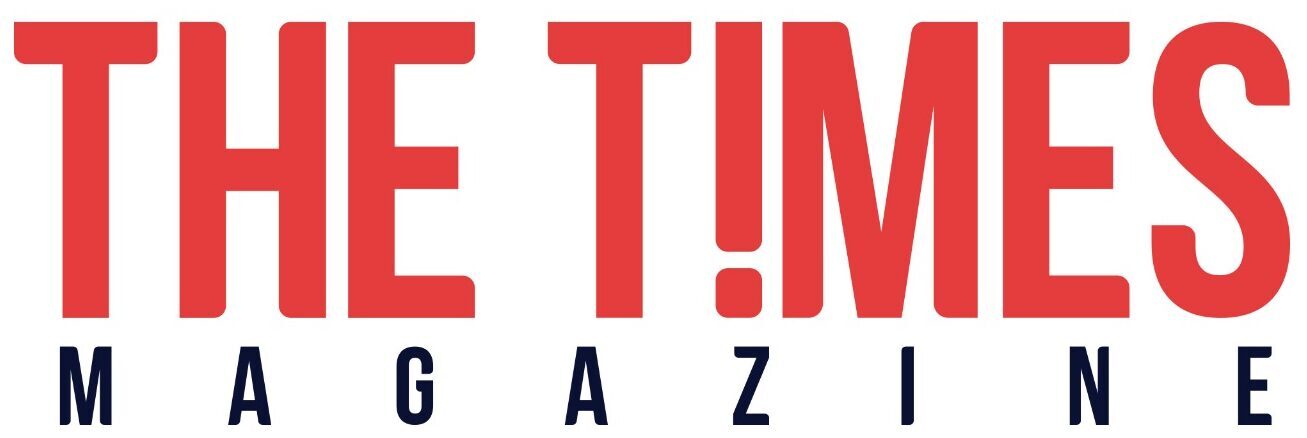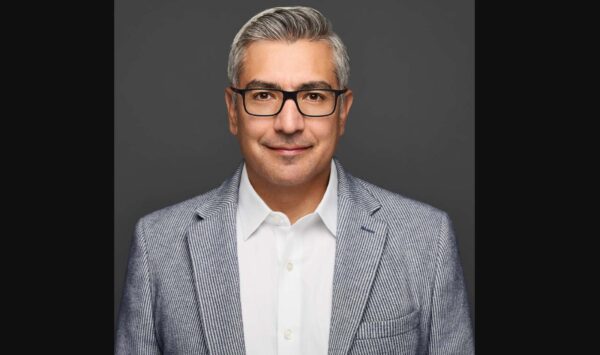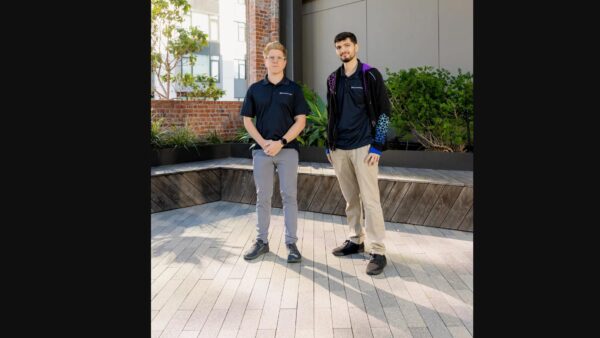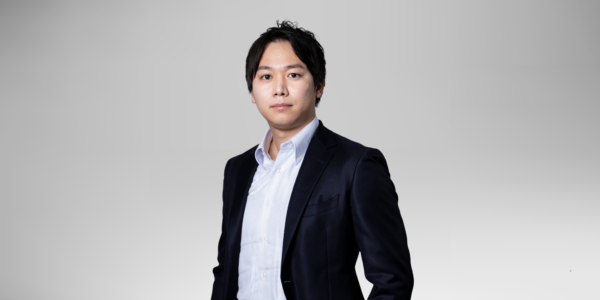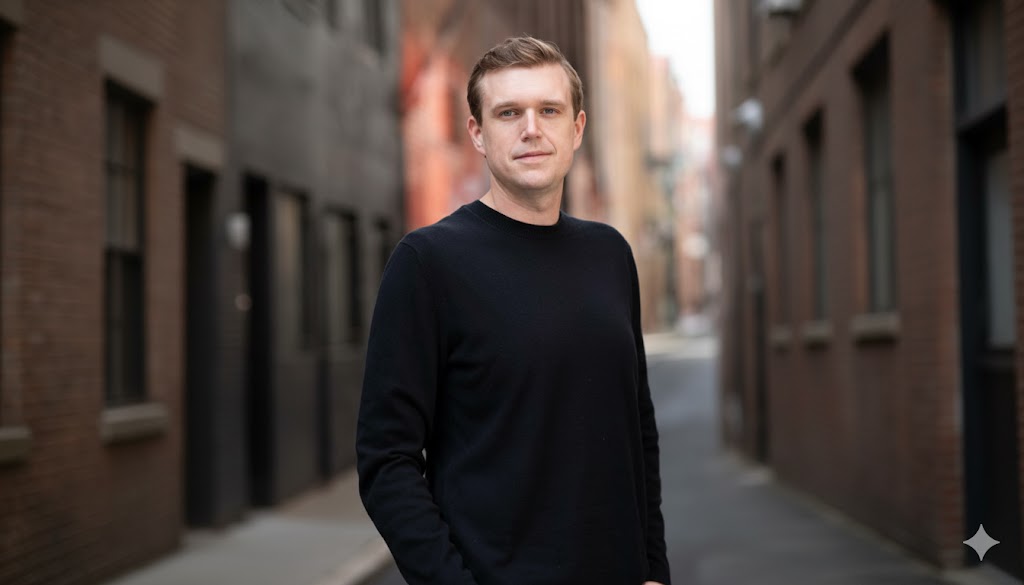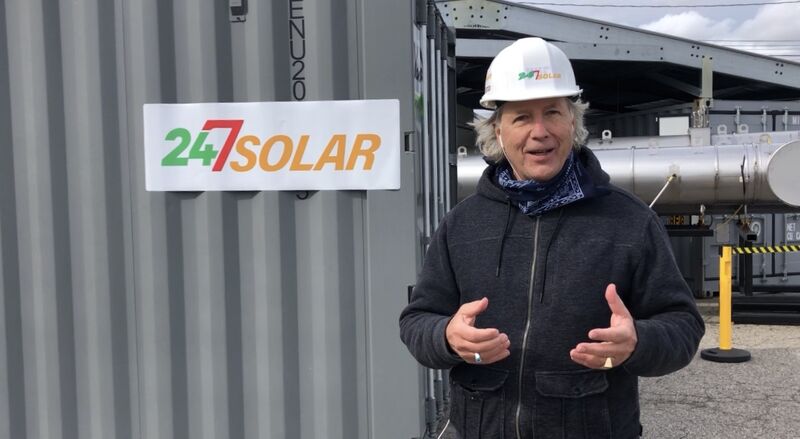The insurance industry faces an unprecedented reckoning as climate change drives up the frequency and severity of natural disasters. Stand, a San Francisco-based startup, is taking a data-driven, mitigation-first approach to insuring homes exposed to catastrophic risks like wildfire, flood, and wind. Having underwritten over $1 billion in insured value in wildfire-prone California within a year of launch, Stand is now scaling into Florida—arguably the country’s most volatile catastrophe market.
The $35 million Series B round was led by Eclipse, with continued backing from Inspired Capital, Lowercarbon Capital, and Equal Ventures. This fresh capital will fuel Stand’s push into Florida, a state battered by 94 separate billion-dollar disasters since 1980, where the state insurer Citizens Property Insurance Corporation carries nearly $300 billion in risk exposure.
Dan Preston, co-founder and CEO of Stand, underscores the urgency: “Insurance should play a central role in creating resilient communities. The scale of risk in Florida demands a new model: one that links coverage to hardening homes against wind storms.” Stand’s model incentivizes homeowners to invest in mitigation upgrades—whether reinforcing roofs or flood-proofing foundations—allowing for smarter underwriting grounded in physics-based catastrophe modeling.
Over the past decade, weather-related catastrophes have inflicted over $1.4 trillion in damages nationwide, with less than half insured. The traditional insurance market has steadily retreated from high-risk areas, leaving homeowners exposed or uninsured. Aidan Madigan-Curtis, partner at Eclipse and Stand’s board director, notes, “Rising costs and shrinking coverage are leaving American families exposed. Eclipse’s $30 million investment in Stand reflects a belief that resilience is the future—giving property owners tools to safeguard their homes and their futures.”
Editorial Perspective:
Stand’s approach arrives at a critical juncture for the property insurance industry, which is grappling with balancing risk management against affordability and accessibility. By embedding mitigation as a prerequisite for coverage, Stand attempts to shift the narrative from reactive payouts to proactive resilience—a model likely to gain traction as extreme weather events become the norm.
Florida’s market expansion will be a litmus test for Stand’s technology-driven insurance model. The state’s mix of hurricanes, flooding, and a sprawling homeowner base presents both a colossal opportunity and a regulatory challenge. Success here could redefine how catastrophe insurance is underwritten nationwide, prompting legacy insurers to rethink pricing and coverage frameworks.
Moreover, Stand’s reliance on physics-based models to quantify risk marks a broader industry shift toward data-intensive, science-backed underwriting. This has implications beyond insurance, potentially influencing building codes, real estate valuations, and municipal planning.
The company’s fast growth in California and backing from heavyweight investors such as Eclipse and Lowercarbon Capital signal strong market confidence in this new insurance paradigm. As climate risks accelerate, Stand’s innovation in combining technology, science, and financial product design may well become indispensable in safeguarding vulnerable communities.
If you need further assistance or have any corrections, please reach out to editor@thetimesmag.com.
